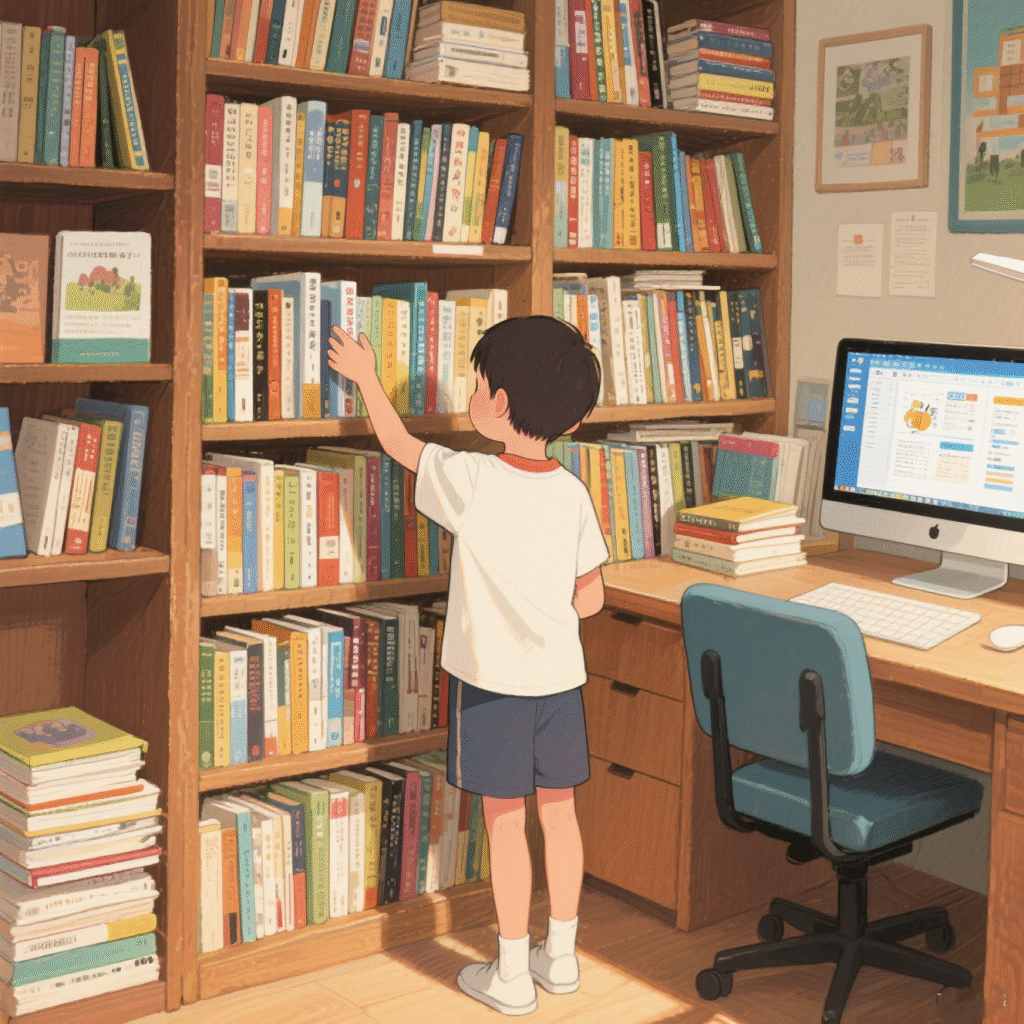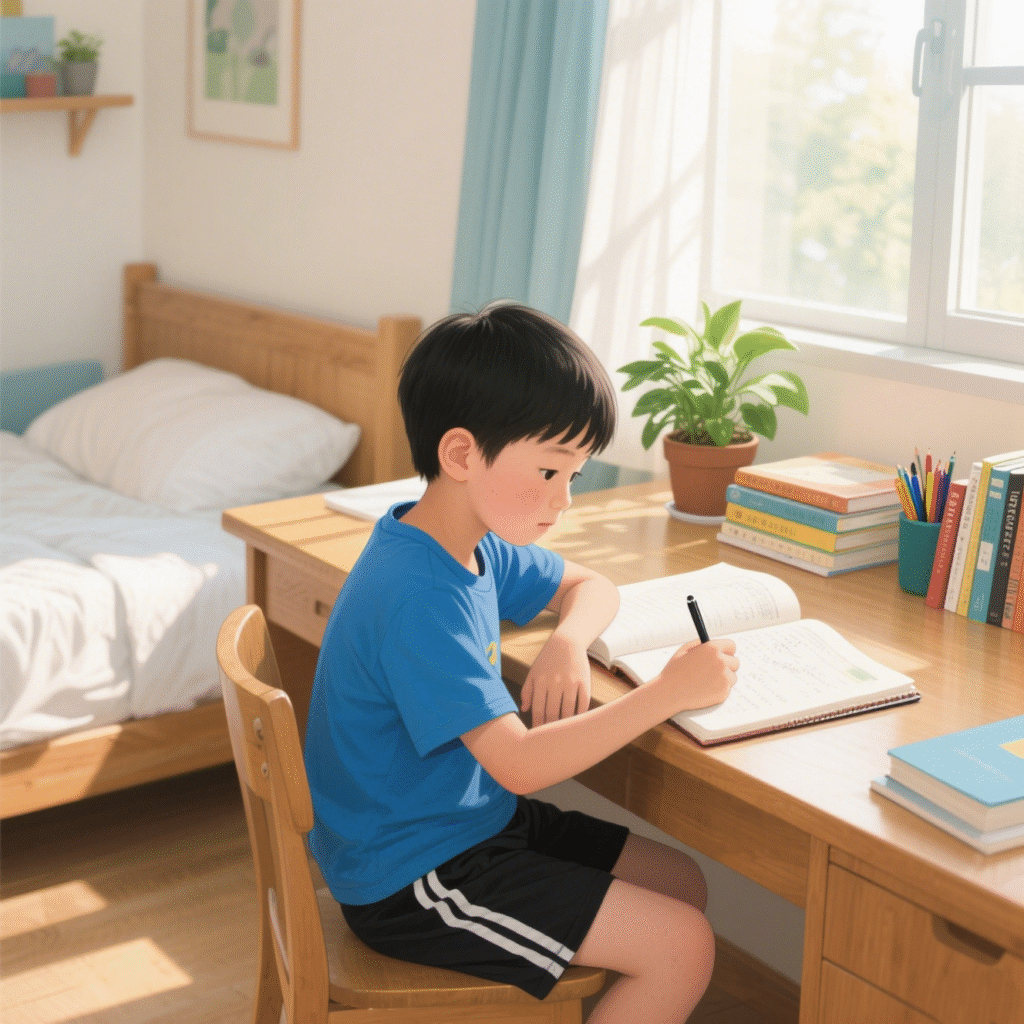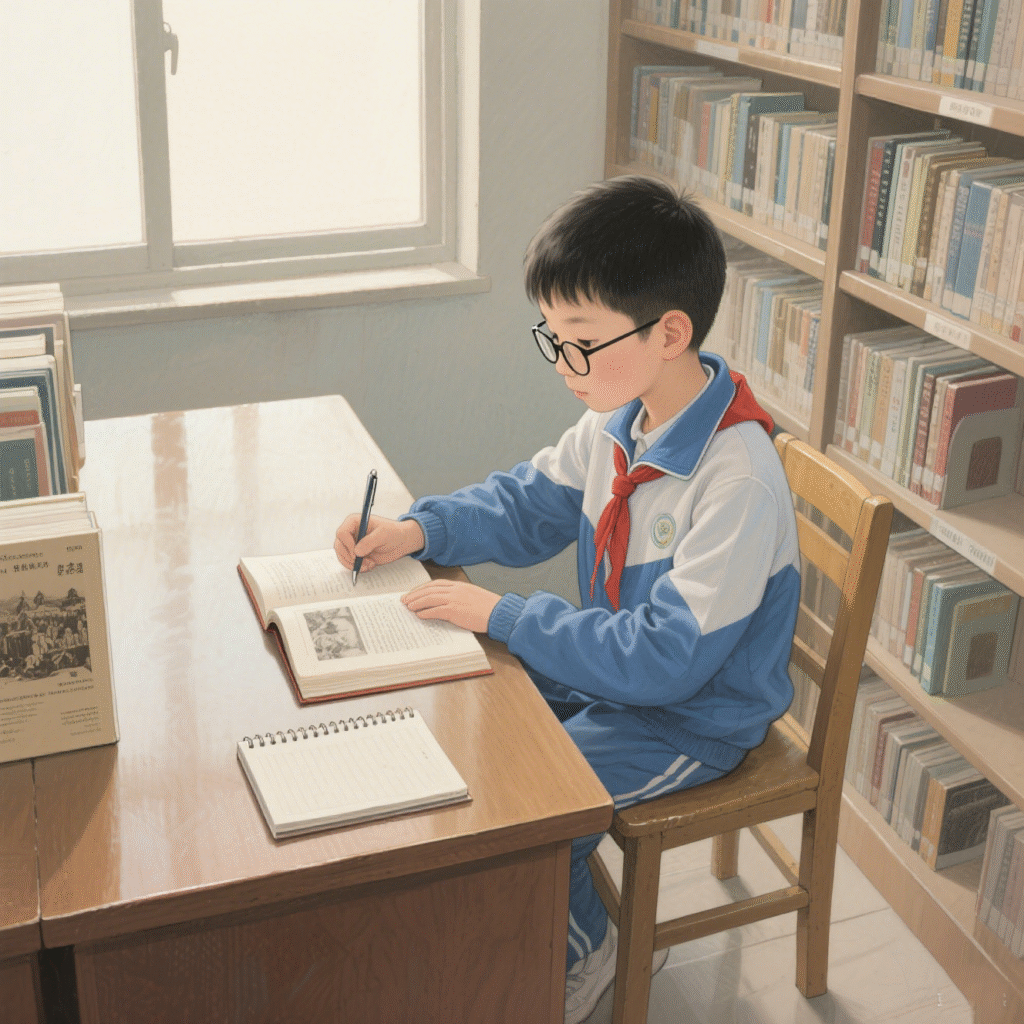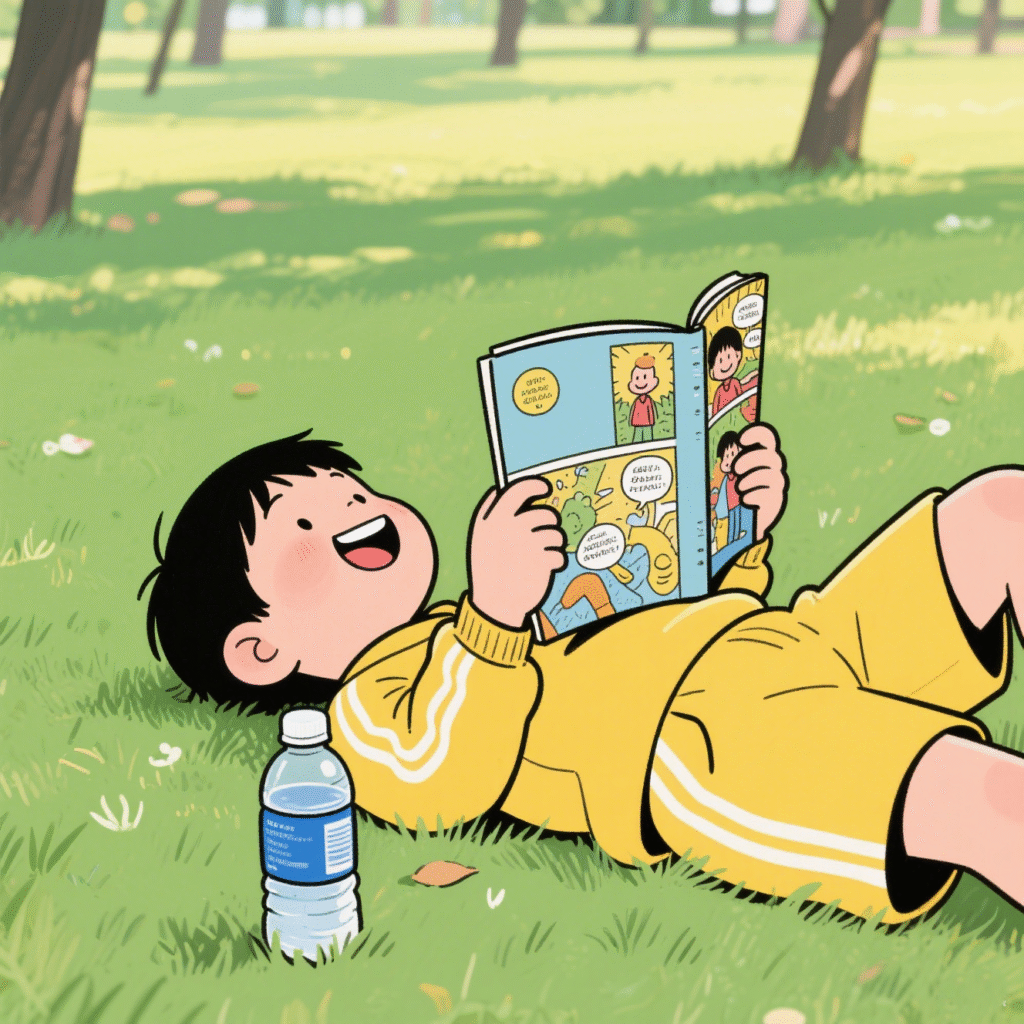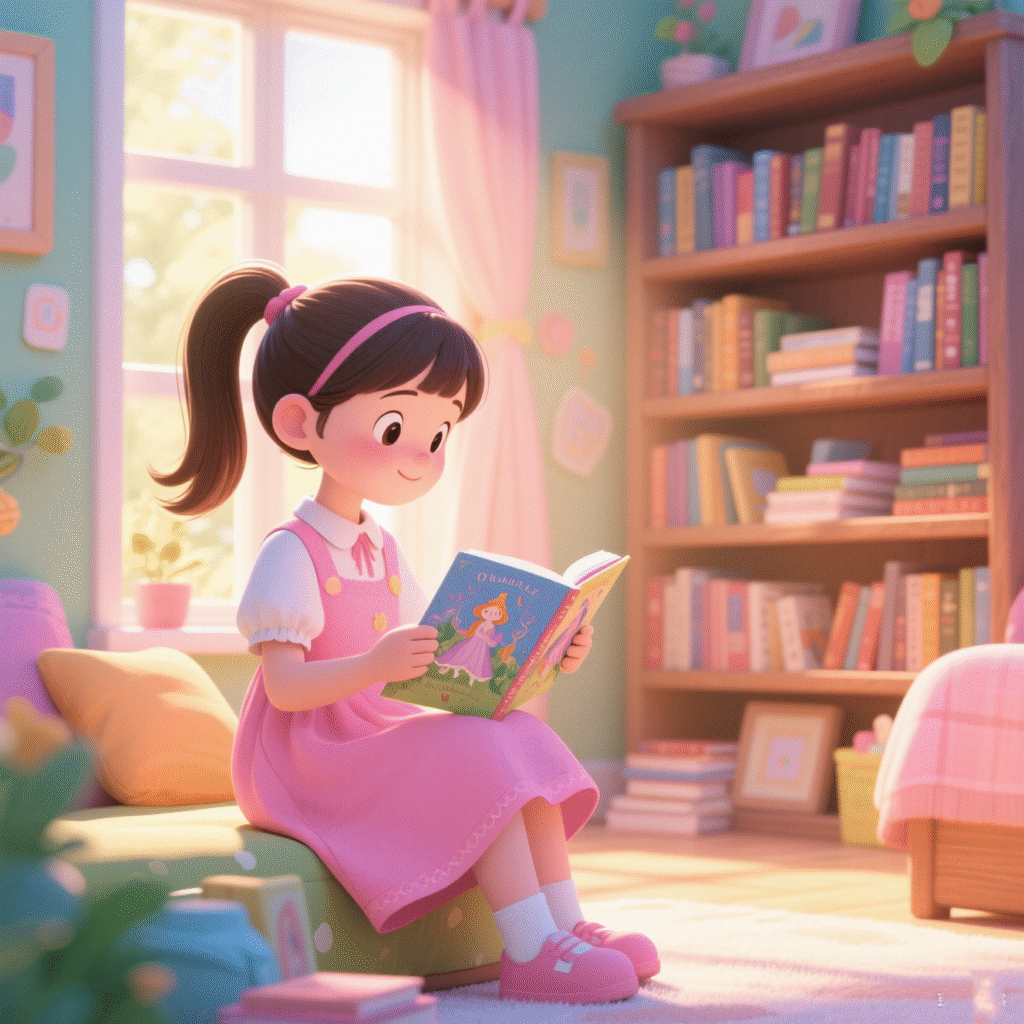最近,新加坡教育部发布新指南,建议学生每日屏幕时间不超过 2 小时,这一消息引发了家长们的广泛热议,不少家长都在疑惑 “线上补习还安全吗”。数据显示,2023 年新加坡学生近视率达到 65%,但与此同时,线上教育需求却增长了 40%。如何在健康与学习之间找到平衡?Sino-bus线上华文补习机构用两大数据,重新定义了 “有效屏幕时间”。
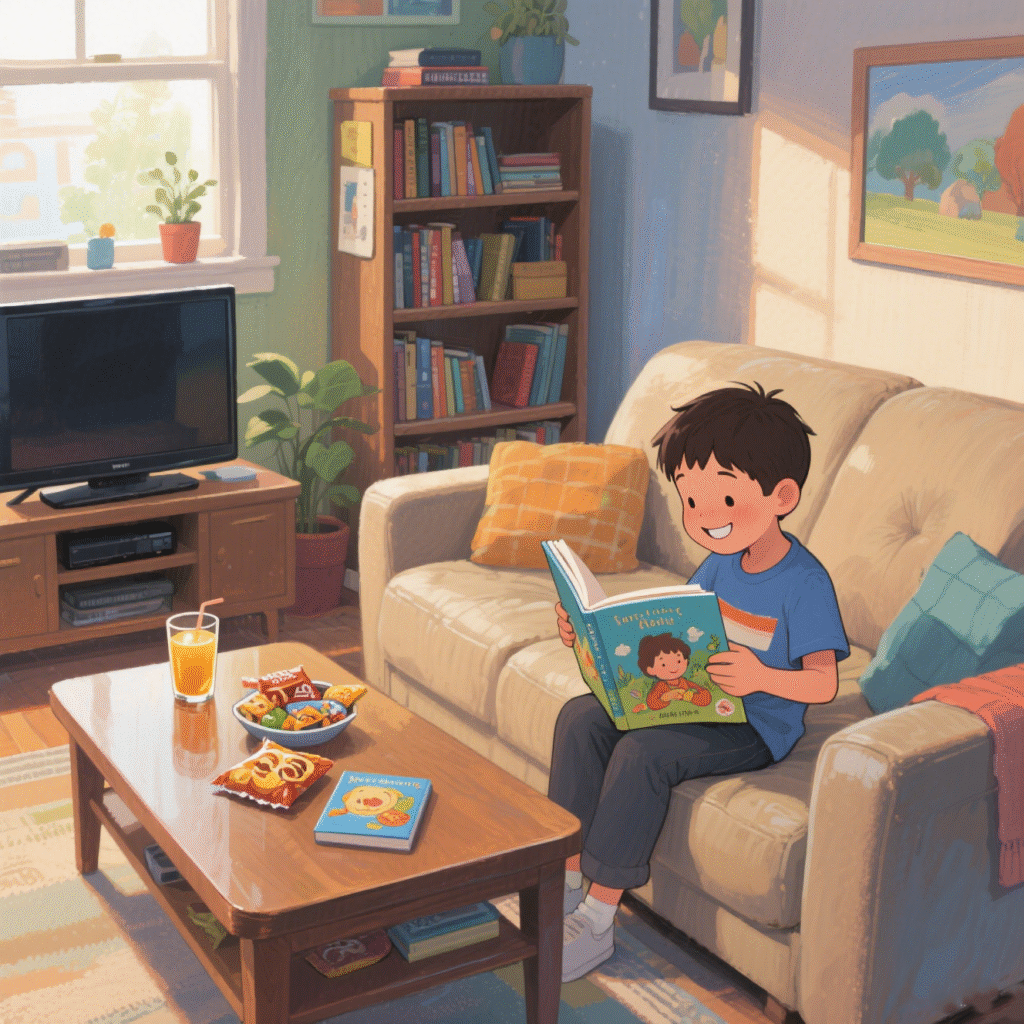
数据 1:无效刷题 VS 精准互动 ——1 小时 = 3 小时效果
传统网课中,“老师念 PPT,学生走神” 是常见现象,学习效率低下。而 Sino-bus的Classin 课堂则每 5 分钟就会切换一次互动模式,让学生始终保持专注。
Sino-bus的 AI 口语评测功能十分强大,当孩子读句子时,系统能够实时标红发音错误。比如孩子把 “飞机” 读成 “灰机”,系统会立刻指出并给出正确的发音示范,还会配上相关的口型动画,帮助孩子更好地纠正发音。对于小学生记字形,Sino-bus的虚拟教具发挥了很大作用,像 “森” 字,就用三块木头叠加的虚拟积木来展示,让孩子直观理解字形构成。每节课后生成的 “专注曲线” 更是让家长一目了然,从曲线中能清晰看到孩子在 80% 的时间里都积极应答,参与课堂互动。
这样的教学模式带来了显著效果,90% 的学员在课后都无需额外刷题,真正实现了新加坡教育部所提倡的高效学习,用 1 小时的时间达到了传统网课 3 小时的学习效果。
数据 2:无效通勤 VS 自由安排 —— 省下 100 小时 = 多练 50 篇作文
在新加坡的暴雨季,线下补习的缺勤率高达 25%,很多学生因为天气原因耽误了学习。而 Sino-bus的学员则完全没有这样的困扰,他们可以灵活约课,充分利用碎片时间,让学生随时随地都能上课。
而且,Sino-bus的复习系统也十分贴心,课堂录像可以随时回放,学生如果有没听懂的地方,能够反复观看学习,避免了 “学了就忘” 的情况。家长 Toh 先生就深有感触地说:“以前送孩子去线下补习,来回路上就要花 1 小时,遇到天气不好更是麻烦。现在选择 Sino-bus的线上课程,省下的这些时间全用来让孩子做华文听写、练习写作了,学习效率提高了不少。”
据统计,选择 Sino-bus线上课程的学员,每年能省下约 100 小时的通勤时间,按照每 2 小时练习一篇作文来算,相当于多练了 50 篇作文,极大地提升了学习积累。除了互动与时间管理优势,Sino-bus 在护眼设计上同样匠心独运。其课堂采用低蓝光护眼模式,结合科学的课间休息提醒,让学生在学习时眼睛不易疲劳,从技术层面践行新加坡教育部对屏幕使用时长的健康要求。
Sino-bus线上华文补习机构通过精准互动和灵活安排的优势,重新定义了 “有效屏幕时间”,完美平衡了学生的学习需求与健康保障,为新加坡学生提供了一种高效、健康的学习方式。
Contact us WhatsApp:+8618165329059

